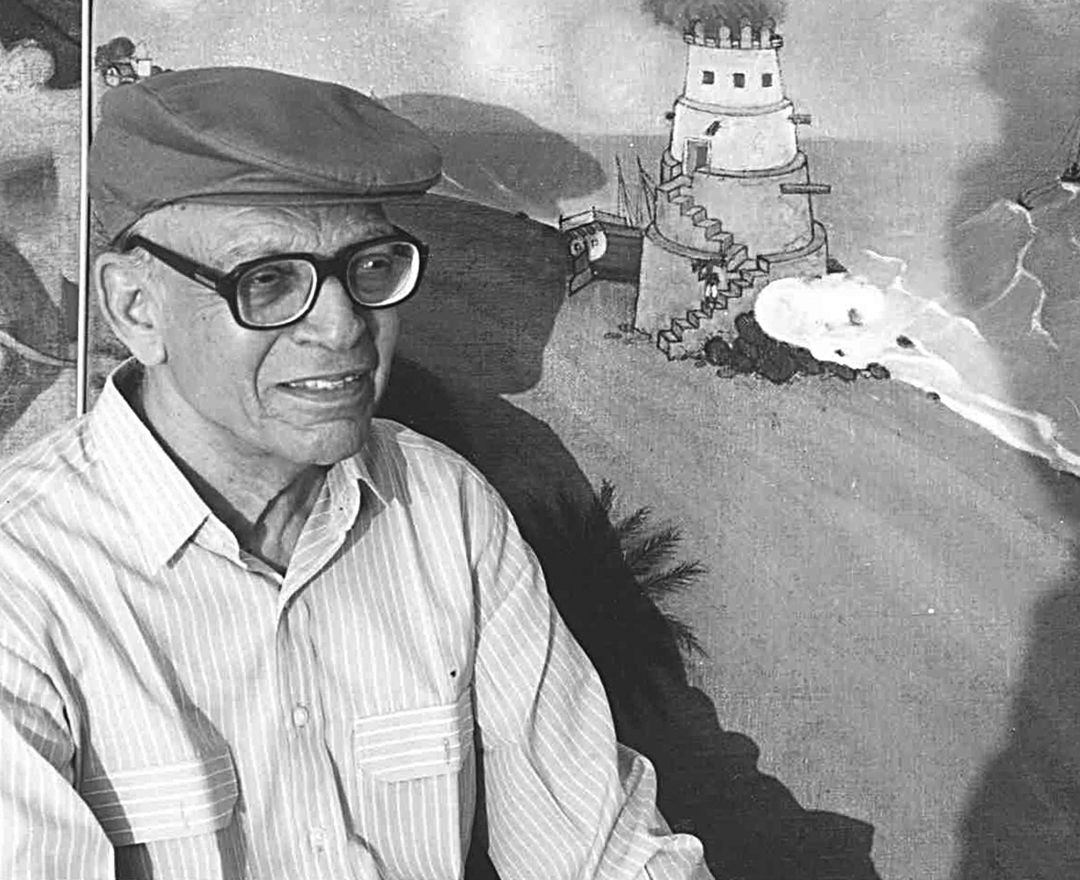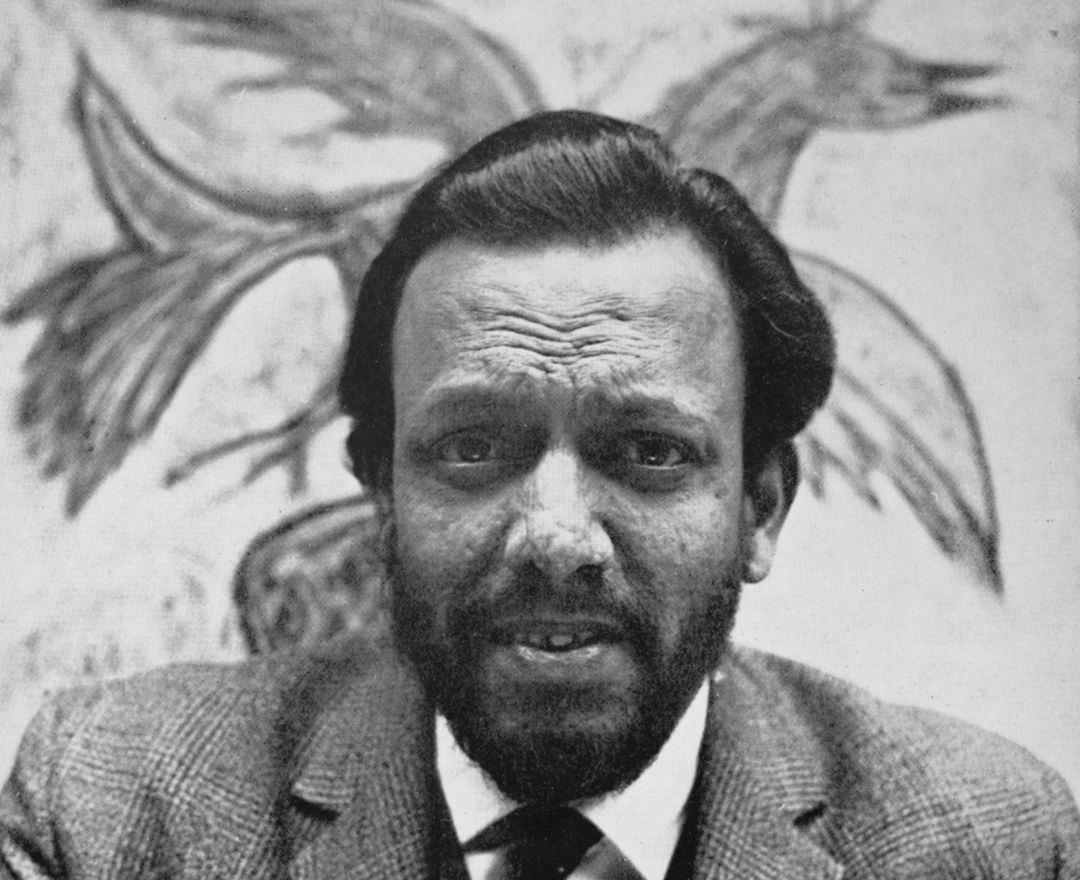George Keyt
George Keyt
George Keyt
|
1901 - 1993 George Keyt |
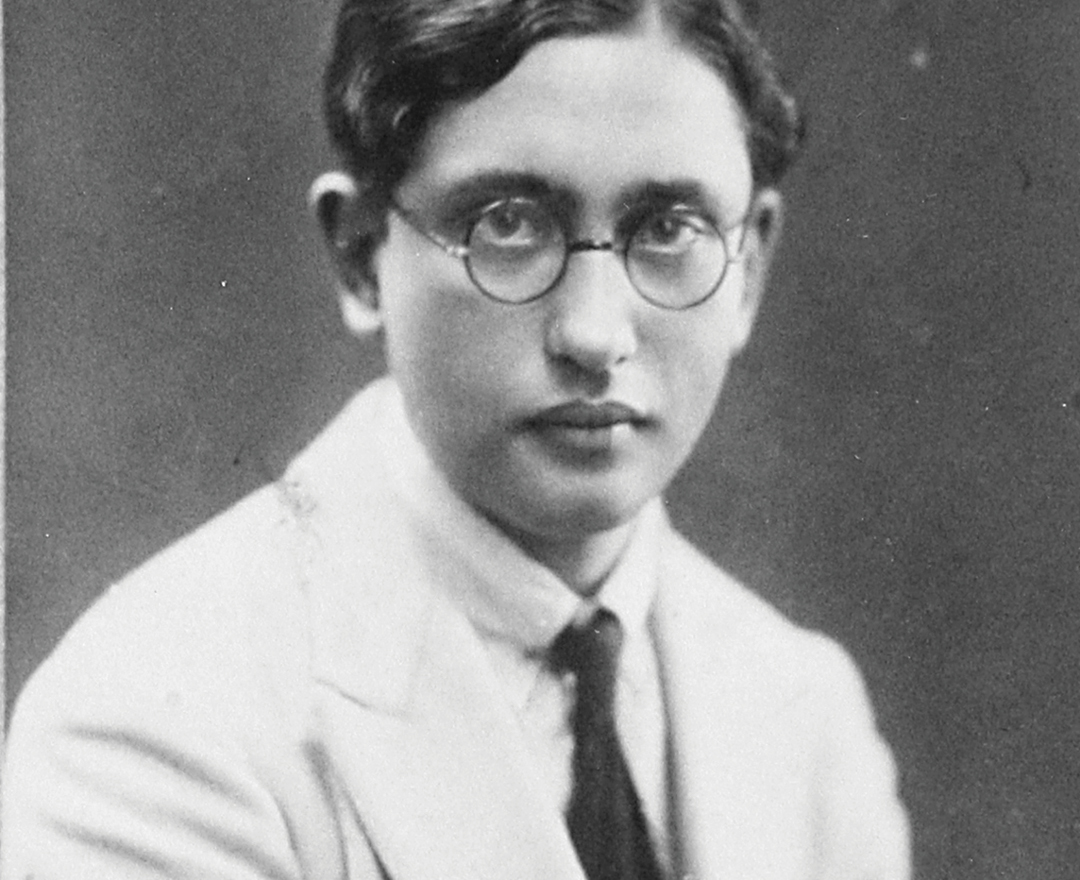
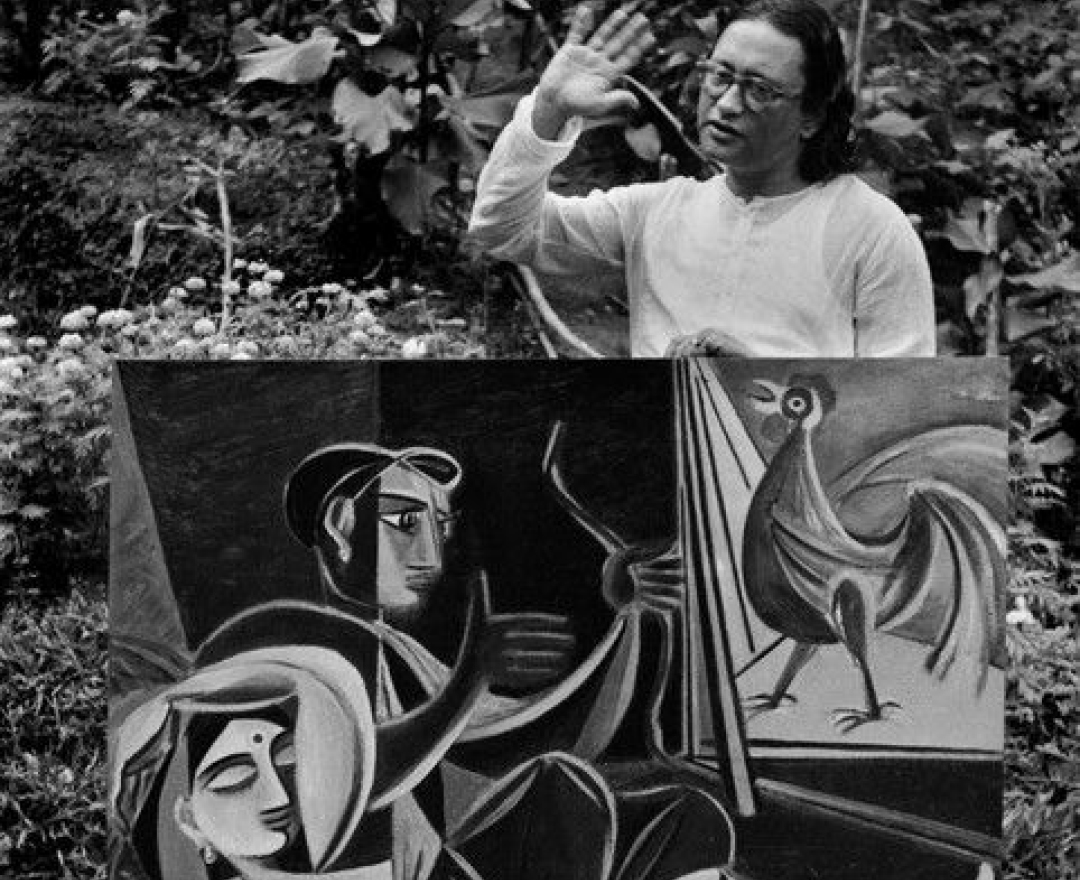
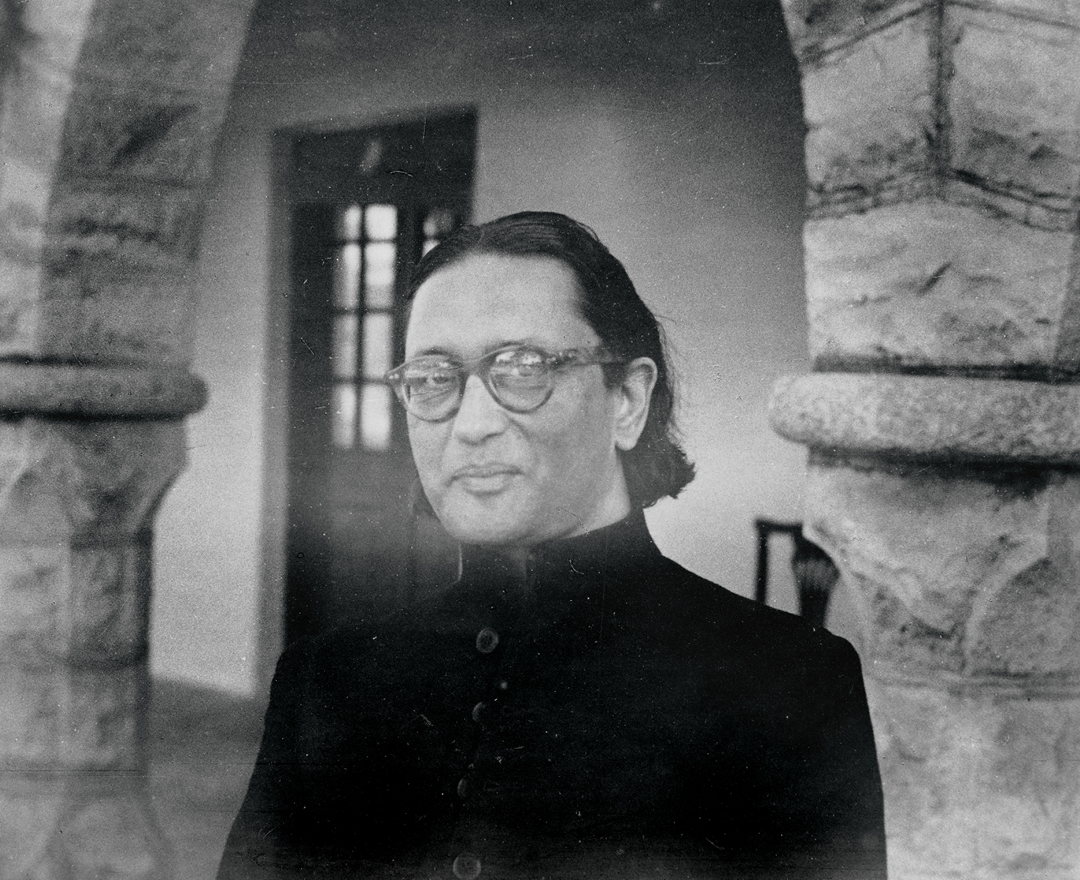
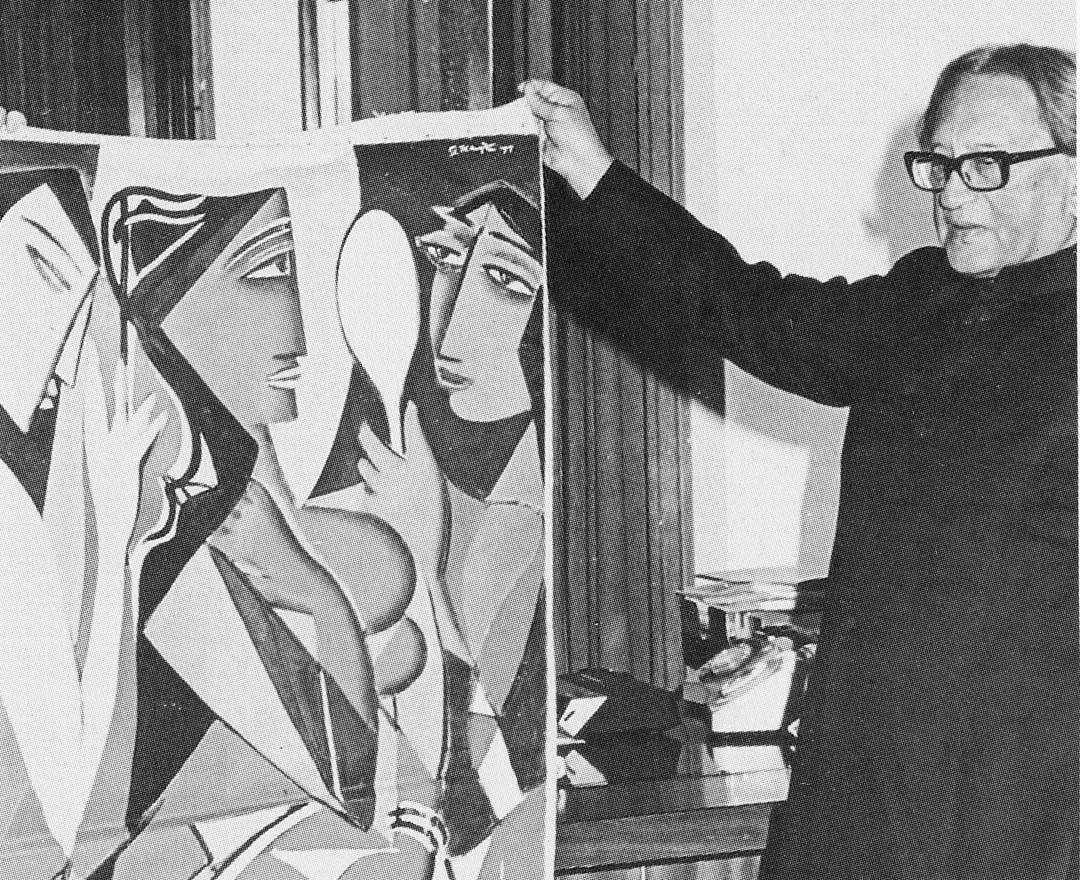
‘Keyt has lived and travelled in India. Those lines are the curves and circle of Indian statuary’
WILLIAM HOLT
artworks
dag exhibitions
|
The ‘Manifestations’ series of 20th Century Indian Art, Editions VI, VIII, IX, X |
|
DAG New Delhi and Mumbai, 2011-14 |
|
‘Indian Portraits: The Face of a People’ |
|
DAG, New Delhi, 2013; Mumbai, 2014 |
|
‘India Modern: Narratives from 20th Century Indian Art’ |
|
DAG, New York, New Delhi, Mumbai, 2015; Chandigarh, 2017 |
|
‘The Naked and The Nude: The Body in Indian Modern Art’ |
|
DAG, New Delhi, 2013; Mumbai, 2015 |
|
‘Primitivism and Modern Indian Art’ |
|
DAG, Mumbai, 2019; New York, 2020; New Delhi, 2021-22 |
|
‘Ways of Seeing: Women Artists | Women as Muse’ |
|
DAG, New Delhi, 2021 |
notable collections
|
National Gallery of Modern Art, New Delhi, India |
|
Kiran Nadar Museum of Art, New Delhi |
|
Victoria and Albert Museum, London |
|
The British Museum, London |









